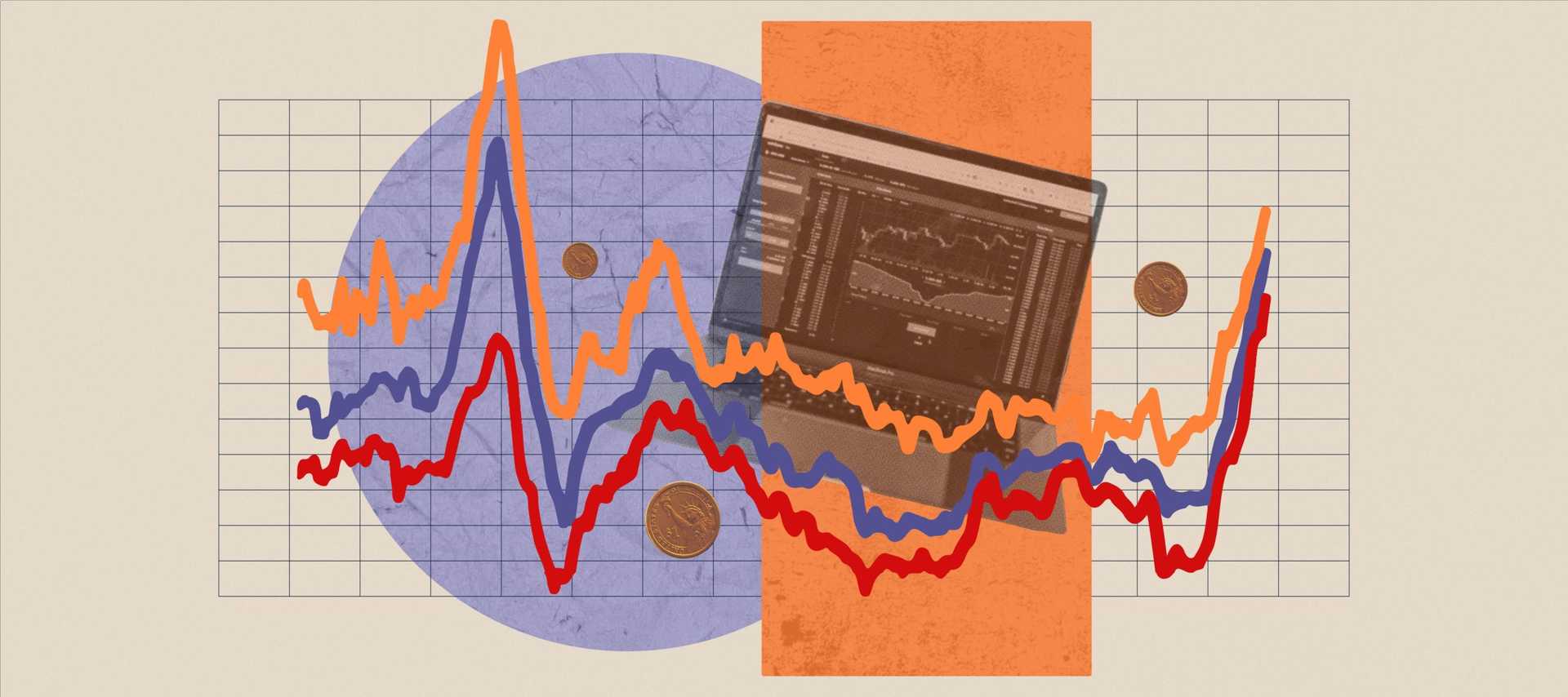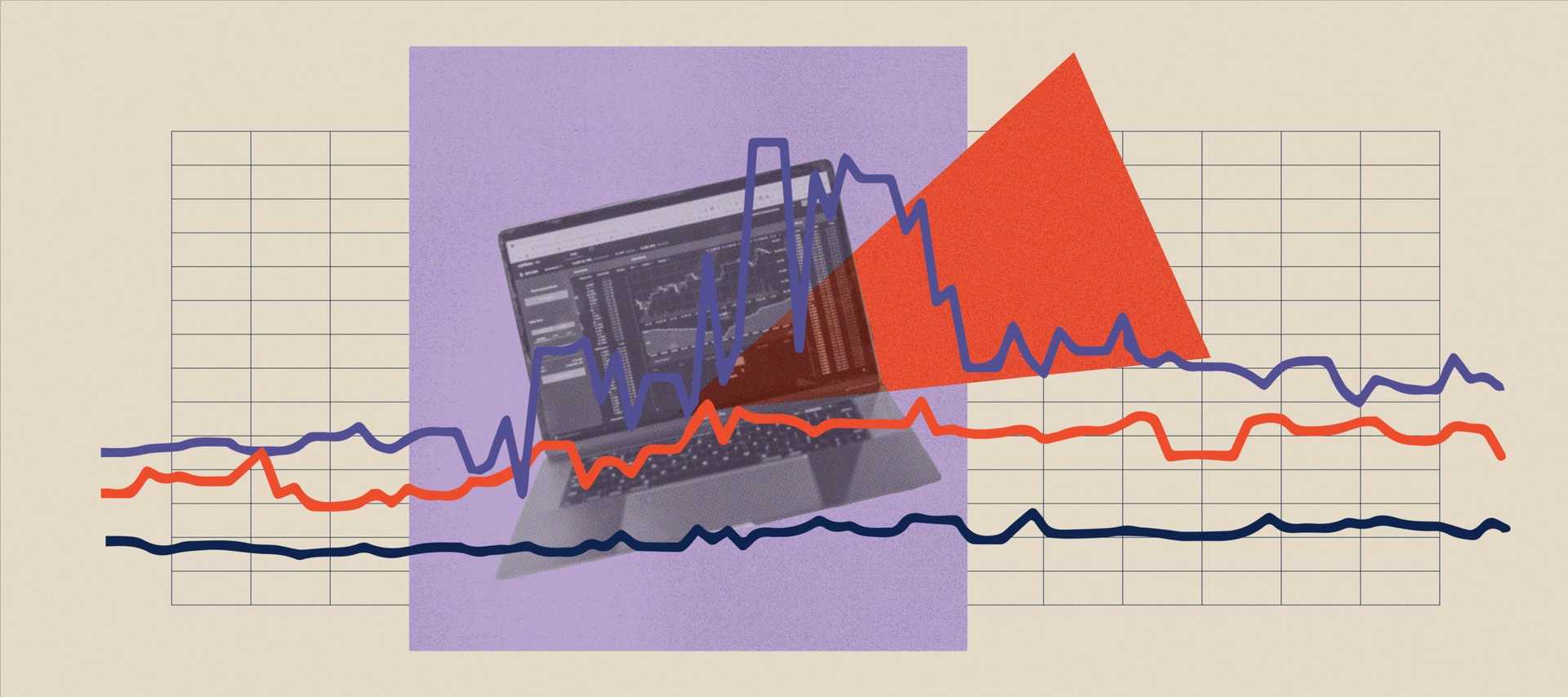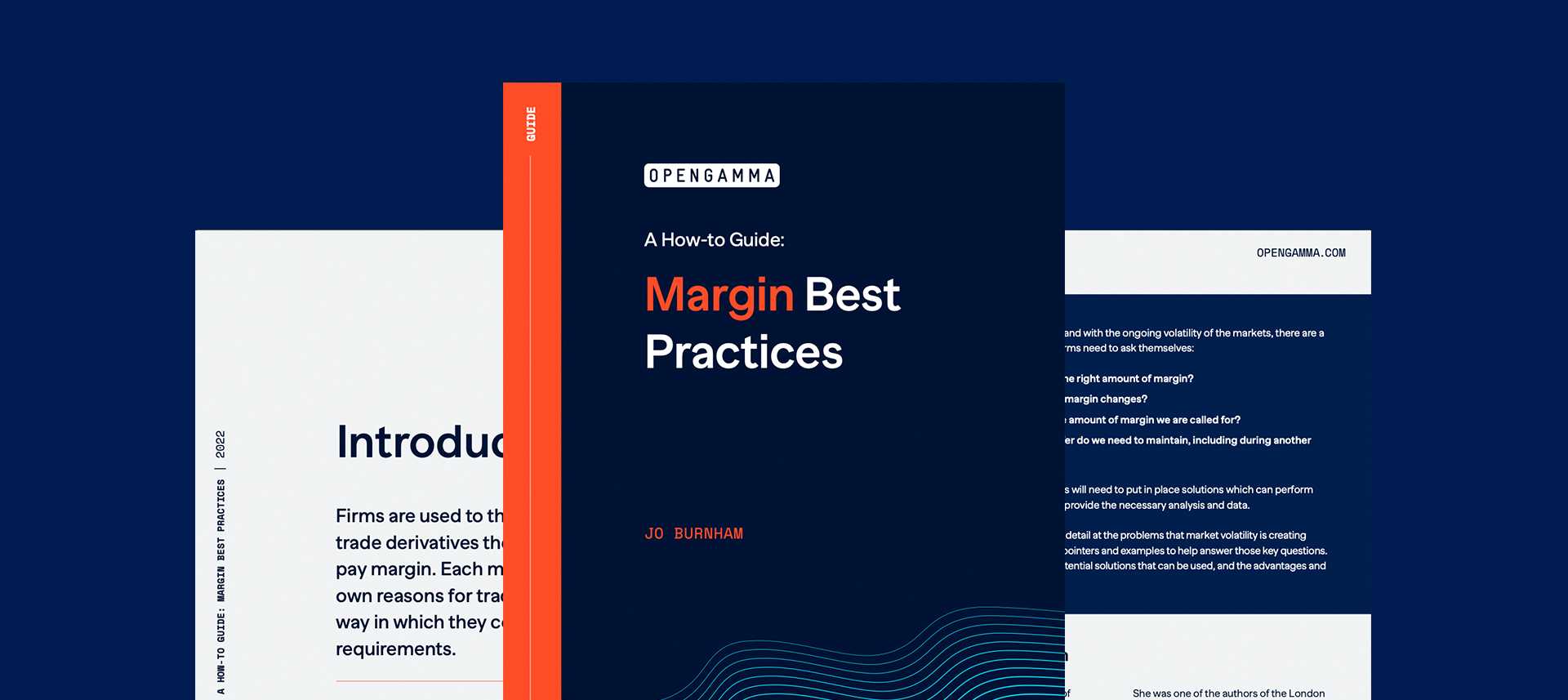What Is a Margin Multiplier?
When it comes to margin multipliers, there is the margin number calculated by the margin algorithm, and then there is the number that is the actual requirement. This is because there are standard multipliers that are applied to the margin for particular accounts.
The most common multiplier is what used to be called the Speculator v Hedge multiplier, but now known as High Risk v Non High Risk, used by, for example, CME. A 1.1 multiplier is applied to the Initial Margin for High Risk accounts, meaning that the margin is 10% higher.
For OTC cleared products a higher margin is applied to client accounts. This is to allow for porting (moving positions to a new clearer following a default). The normal margin assumes a Holding Period of 5 days, but it might take 2 days to try and find a new clearer, and if this fails another 5 days will still be required to close out the position. Therefore the margin has to be scaled up to make it last for 5 days – generally this is achieved by multiplying the market risk parts of the client account margin by √(7/5).
What Are the Multipliers Applied By Brokers, Why Are They Required, and What Is the Impact On the Margin Charged?
The war in Ukraine has caused huge increases in margin, with firms having to find new sources of financing or reduce their positions in order to meet the collateral requirements from brokers. The current environment makes it more important than ever for firms to ensure that they are not over-paying margin. One of the biggest factors that could be used to challenge brokers is the use of margin multipliers.
There are multiple algorithms used to calculate Initial Margin, with the methodology and the parameters determined by the CCPs, but this is not the only thing that determines the margin you will need to pay. This is because multipliers may be applied by brokers to the number produced by the algorithm, and these can have a significant impact on the final margin level.
Regulatory Multipliers
The most commonly applied multipliers are driven by regulation, particularly by the CFTC’s rules. Previously clients on US FCM platforms were classed as either speculators or hedgers. This changed in January 2021 so that the FCMs were able to decide whether clients were High Risk or Not High Risk.
To begin with, FCMs left their multipliers unchanged, with speculators defined as High Risk accounts and a 1.1 times multiplier applied, whereas hedgers were defined as Not High Risk, with no multiplier applied to the calculated margin. But over time FCMs have started to deviate from the old classifications.
What this means is that firms can push back on their brokers and ask to be reclassified if this is appropriate. This could lead to an immediate 10% saving in margin requirement.
However, it’s not all good news on the broker multipliers front. The 1.1 times multiplier is just a minimum requirement on the brokers. They are perfectly within their rights to apply any multiplier over 1 that they feel is appropriate.
Historically, most brokers have only charged the regulatory minimum. However, recent market volatility has made them rethink this policy. Concern over the ability of the CCPs to react quickly enough in updating their margin parameters to cover the increased levels of risk has pushed many to start using much higher multipliers, sometimes charging 2 or 3 times the CCP calculated requirement.
Increasing the Margin Period Of Risk
Initial Margin is intended to cover any losses encountered when closing out a position following a default. The Margin Period of Risk (MPOR) determines how long any close out is expected to take. For ETD this is usually 1 or 2 days (depending on the jurisdiction) whereas for OTC it is usually 5 days.
However, there are circumstances where the MPOR needs to be adjusted. To achieve this, multipliers are applied either to the input parameters for the margin calculation or to the results (the total margin or just some of the components).
US regulation allows for a 1 day MPOR for ETD contracts. However, European regulation requires a 2 day MPOR. CME has always set their margin rates based on the 1 day, and ICE now does the same for similar contracts on their markets so that the charges are comparable. However, this means that for anyone regulated in Europe, an EMIR add-on is required which increases the margin to cover the additional risk implied by 2 days rather than 1 day.
In order to increase the margin, ICE applies a multiplier of √2. If you want to know why this makes sense then try googling “How to Convert Value at Risk to Different Time Periods”. This multiplier is applied to the SPAN scanning range which represents the expected move in the future’s prices, and is generally set using VaR. This new rate is then used to recalculate the risk arrays (the potential losses for each contract under the SPAN scenarios). This makes the EMIR add-on a relatively complex calculation.
For OTC contracts the MPOR of risk needs to be extended from 5 to 7 days for client accounts. Initially this is difficult to understand as it would be assumed that any client positions could be transferred to a new clearing broker using the porting facilities provided by the CCPs. This would imply that it should be quicker rather than slower to close out the client position.
However, the issue here is that the porting of the positions might not go ahead. The new broker could decide for legitimate reasons that it can’t accept the positions of the client of the defaulting broker. This decision may take a couple of days and then the process of closing out the positions in the normal way will begin, which would still be expected to take 5 days.
This all means that a MPOR of risk of 7 days is required. This is achieved by multiplying the market risk portion of the margin by √(7/5). This usually means any VaR or Stress components and not, for example, the liquidity add-on.
These MPOR multipliers can have a significant impact on the margin calculated – 40% for the EMIR add-on and 18% for the client multiplier for OTC.
Conclusion
Margin multipliers are one of the biggest causes of discrepancies in margin calculations, but also one of the biggest opportunities for firms to contest margin calls with brokers. And the benefits can be very significant.
The first step is to make sure that an account is properly designated as either High Risk or Not High Risk. This could immediately see a 10% reduction in margin.
If a broker decides to apply a larger multiplier than the standard 1.1 it should be possible to question this. Plus, having knowledge of the multipliers applied by each broker it is possible to optimise the margin requirement without compromising any risk strategies.




